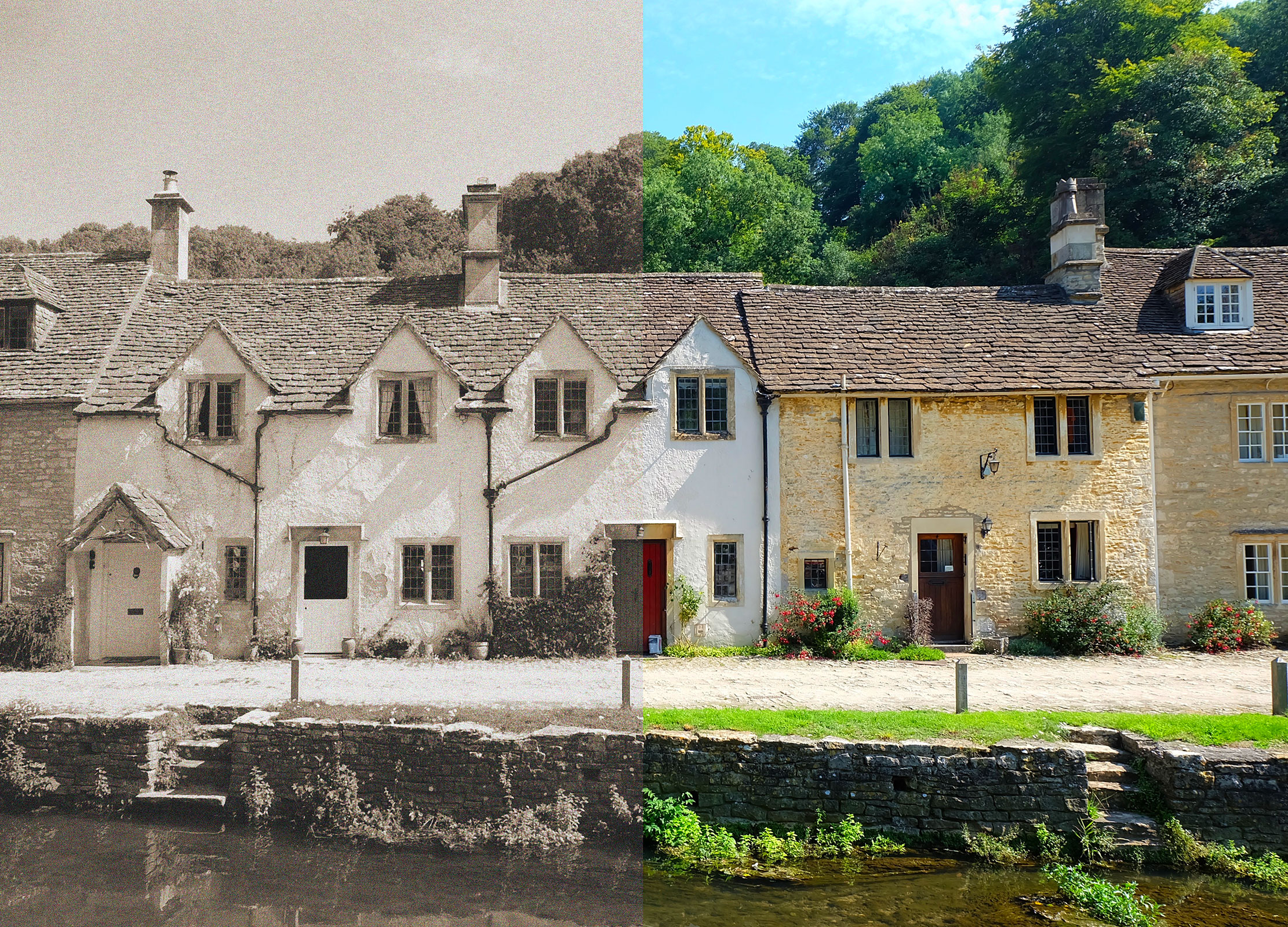Right to buy 'fundamentally altered the way in which we looked at our home as a route to financial prosperity'
House prices are almost five times higher in real terms than they were in 1952, with most of the increase happening in the last generation to freeze out the younger generations. Lydia Stangroom and Toby Keel take a look at the sobering numbers behind a new report.

The joyous days of celebration of Queen Elizabeth II’s Platinum Jubilee sparked an outpouring of love and affection for the British monarch, and gave us time to look back on all that has taken place in her lifetime. Her majesty has seen 14 prime ministers (including Winston Churchill), The Beatles turning the world of pop music upside down, England winning the 1966 World Cup, Margaret Thatcher becoming the UK’s first female Prime Minister in 1979, the birth of the World Wide Web, a new millennium and a global pandemic. She’s also seen, on a more personal note, eight grandchildren, 12 great-grandchildren plus something in the order of 30 corgis.
One thing The Queen hasn’t had to worry about, of course, is buying a house: there are a couple of rather nice piles which come as a perk of her job.
For the rest of the nation, though, buying property has — over the course of her reign — become something of a national obsession. So much so that average house prices in 2022 are a staggering 130 times higher than they were at the beginning, back in 1952.
As anyone who’s been following the property price spirals can guess, inflation only accounts for small percentage of that rise. In 1952 the average cost of a property was just under £2,000. If property had risen in line with inflation, a house would cost £56,000, instead the average is over £260,000, almost five times higher in real terms.
The growing population doesn’t explain it either: in 1952, the UK population was just over 50.5 million; today, it stands at just over 68 million, or just over one third higher. Nor does the oft-mentioned rise in the number of households; as these figures from the London School of Economics show (external PDF link), one- and two-person households now make up about 60% of households in London, compared to around 45% in the 1950s. It’s a big change, but not one to explain a five-fold property price increase.
So what does explain it? Lucian Cook of Savills identifies that it’s come down to six extended spells over the course of The Queen’s reign where annual house price growth has averaged more than 5% above inflation. There have been price drops too, of course, but never enough to undo the real-terms growth: ‘While this has been punctuated by a series of relatively short-lived, but uncomfortable, downturns, the upswings have been magnified by a systemic undersupply of housing over the past 40 years.
| Period | House price growth 1952-2022 | |
| Inflation adjusted (Real) | Nominal growth | |
| Q1 1952 to Q2 1958 | -17% | 5% |
| Q2 1958 to Q2 1971 | 46% | 140% |
| Q2 1971 to Q4 1973 | 63% | 99% |
| Q4 1973 to Q2 1977 | -30% | 30% |
| Q2 1977 to Q4 1979 | 32% | 73% |
| Q4 1979 to Q2 1982 | -17% | 12% |
| Q2 1982 to Q2 1989 | 79% | 152% |
| Q2 1989 to Q4 1995 | -37% | -18% |
| Q4 1995 to Q3 2007 | 173% | 262% |
| Q3 2007 to Q1 2013 | -26% | -11% |
| Q1 2103 to Q3 2016 | 23% | 27% |
| Q3 2016 to Q4 2019 | -2% | 5% |
| Q4 2019 to Q1 2022 | 13% | 21% |
| Total | 365% | 13,262% |
Source: Savills, ONS, Nationwide
Exquisite houses, the beauty of Nature, and how to get the most from your life, straight to your inbox.
The key period MR Cook identifies is the 1980s, particularly the ‘right to buy’ legislation brought in by the Thatcher government, when prices rose by an astonishing 79% even when adjusted for inflation. The Right to Buy scheme, originally introduced in 1980, allowed council house tenants to buy their home off the state at a discounted rate. It opened the door to those who would have otherwise been unable to get on the property ladder — a good thing, almost all of us would agree — yet it changed the way that we think of the places we live.
‘This period fundamentally altered the way in which we looked at our home as a route to financial prosperity, fuelling the nation’s obsession with house prices,’ he explains.
The 1980s might have changed things, yet they weren't even the steepest point of the growth curve. Subsequent periods of recent rises have proven still more dramatic. From 1995-2007, the property market experienced an eyewatering 173% real-terms rise. In that time a new generation began to commoditise homes like never before, often seeing them not as places to live, but investments to do up, sell on or let out as a route to financial security. Towns, cities and rural areas alike have been changed often beyond recognition.
‘On a nominal basis, house prices increased by 87% over the 2001 to 2004 period alone,’ adds Cook.
‘This created a sizeable wedge between those who were and weren’t able to get onto the housing ladder over this period. It is a divide which became entrenched in the post credit-crunch, age of mortgage regulation, and has been a catalyst for government intervention in the housing market, through schemes such as the soon-to-end Help to Buy.’
Following the 2007 financial crisis there was a correction, but a renewed upswing wasn't far behind: rises of 23% from 2013 to 2016 and a further 13% in the last couple of years, the latter sparked in part by the 'race for space' as buyers looked to the countryside in the post-pandemic work-from-home culture.
Affordability and property-based prosperity have had social consequences, Cook adds, explaining that the nation has been split by the change.
‘The capital appreciation we have seen through different housing market cycles has created a marked divide between the housing haves’ and have nots,’ he says.
‘That means different generations now have very different views on the benefits of house price growth, how much new housing we build, where we build it and what is expected from housing policy.’
In other words, if you’re fortunate enough to be a Baby Boomer who has benefited from the rising prices, hold your tongue when tempted to tell a 20-something to cut down on avocados and oat milk lattes in order to save for a house deposit. Even if would-be first time buyer saved £10 a day on their spending, they’d still need to save up for seven years to scrape together even a 10% deposit on the average house.
We stand now forty-plus years on from Margaret Thatcher's original Right to Buy, with a new extension to the scheme just announced. Anything that helps today's 20- and 30-somethings own a house for the first time is a good thing; but is there something in place to help stop prices spiralling still further? Perhaps the residents of Downing Street have a carefully-planned system in place for improving access to decent housing while also avoiding further house price inflation; we'd hate to imagine that this is simply an old policy hastily regurgitated for the sake of a few positive headlines in tough times.
Reporting by Tobv Keel and Lydia Stangroom
Toby Keel is Country Life's Digital Director, and has been running the website and social media channels since 2016. A former sports journalist, he writes about property, cars, lifestyle, travel, nature.


